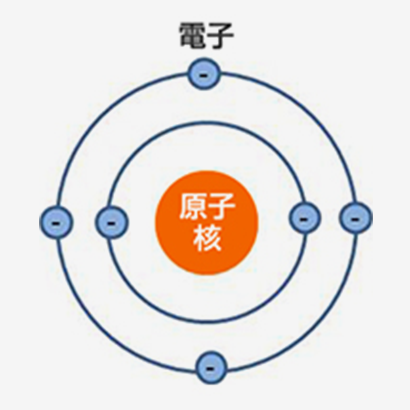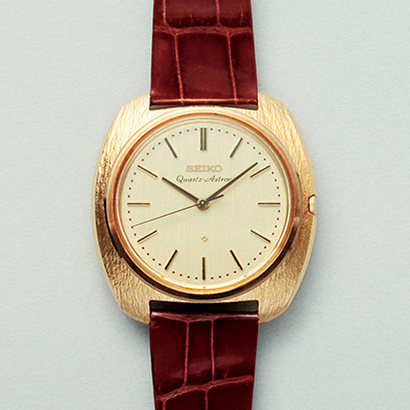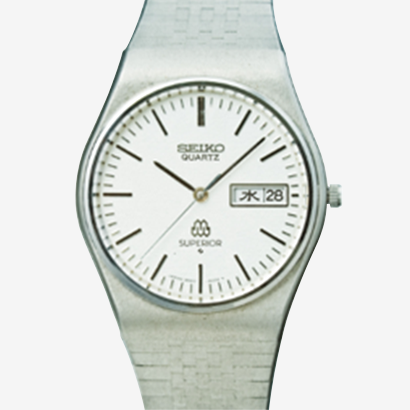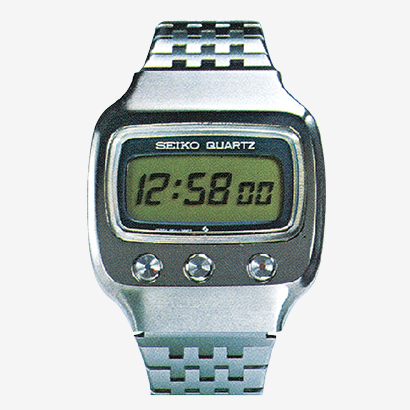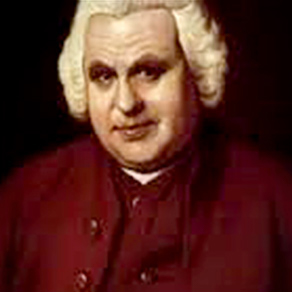Currently there are more than a billion or so quartz watches manufactured annually around the world. The amount of discarded batteries is enormous. To help conserve resources and the environment, and to eliminate the trouble of changing batteries, watchmakers have developed various kinds of watches that don’t require battery changes.
Solar-powered watches
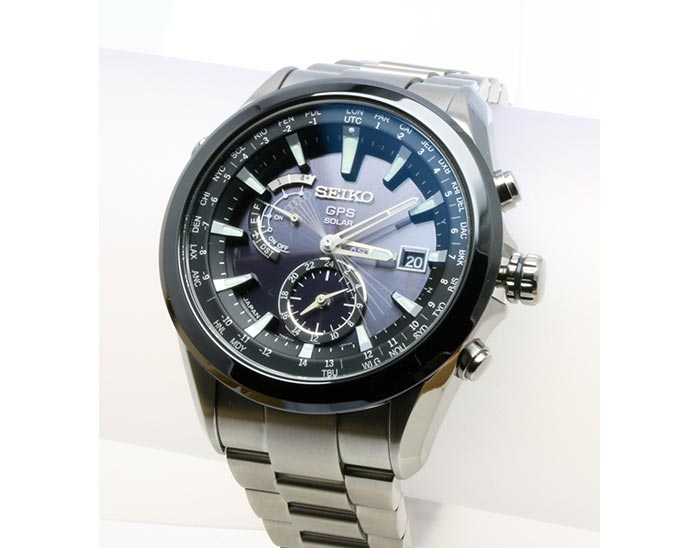
In 1972, Ragen Semiconductors, Inc. in the US launched the Synchronar 2100—the world’s first LED watch with built-in solar cells. In 1976, Citizen launched the Crystron Solar Cell, the world’s first analog solar-powered watch. The following year, Seiko launched its own solar-powered watch. From the 1990s on, the efficiency of solar cells increased, and because of their low cost and very simple structure, they have become the most widely adopted form of power generation. In 2012 Seiko launched the GPS Solar Astron, the world’s first GPS solar watch.
By developing its own GPS module capable of GPS signal reception with low power consumption, and developing a highly sensitive ring antenna to maximize the power-generating area of the solar panels, Seiko was able to fully utilize the benefits of solar power while also achieving even higher precision.
Automatic power-generating system
In 1988, Seiko commercialized the world’s first automatic power-generating quartz watch, the Auto Quartz, which could generate power from the movements of the wearer’s arm. This mechanism later became known as the Kinetic. After the launch of the first model, this watch underwent major evolution with various improvements being implemented, such as the Auto Relay function that automatically puts the watch into power-saving mode (stopping the motor) when it is removed, and then when moved, restarts the watch hands, as if waking from slumber, to display the correct time.
Thermoelectric generator
In 1982, Bulova released the world’s first watch utilizing a thermal power generation mechanism, and in 1998, Seiko commercialized its own watch incorporating a thermoelectric generator, the Thermic. This watch was equipped with a thermoelectric element that could generate power from the temperature difference between the wearer’s body heat and the air temperature, efficiently converting the heat from the wearer’s arm into electrical energy. This was a practical application of the Seebeck effect, which is when voltage is created from a temperature difference between the two ends of a device comprising a metallic material and a semiconductor material. The watch could run for about 10 months when fully charged. Because the watch could not generate power when not in use, it was designed so that the hands would stop moving and the watch would go into power-saving mode when removed from the wearer’s arm.
Spring Drive: the third movement
In 1999, Seiko launched the world’s first and only Spring Drive—an innovative and truly ingenious mechanism. Like a mechanical watch, the Spring Drive has a mainspring, and it uses the force generated from the unwinding of the mainspring to run the “tri-synchro regulator” comprising an IC, an electronic brake, and a quartz crystal. This is Seiko’s “third movement” watch, which achieves the same level of precision as conventional high-precision quartz watches.
The creation of this product is a testament to Seiko’s prowess in both cutting-edge quartz technology and traditional mechanical technology.


